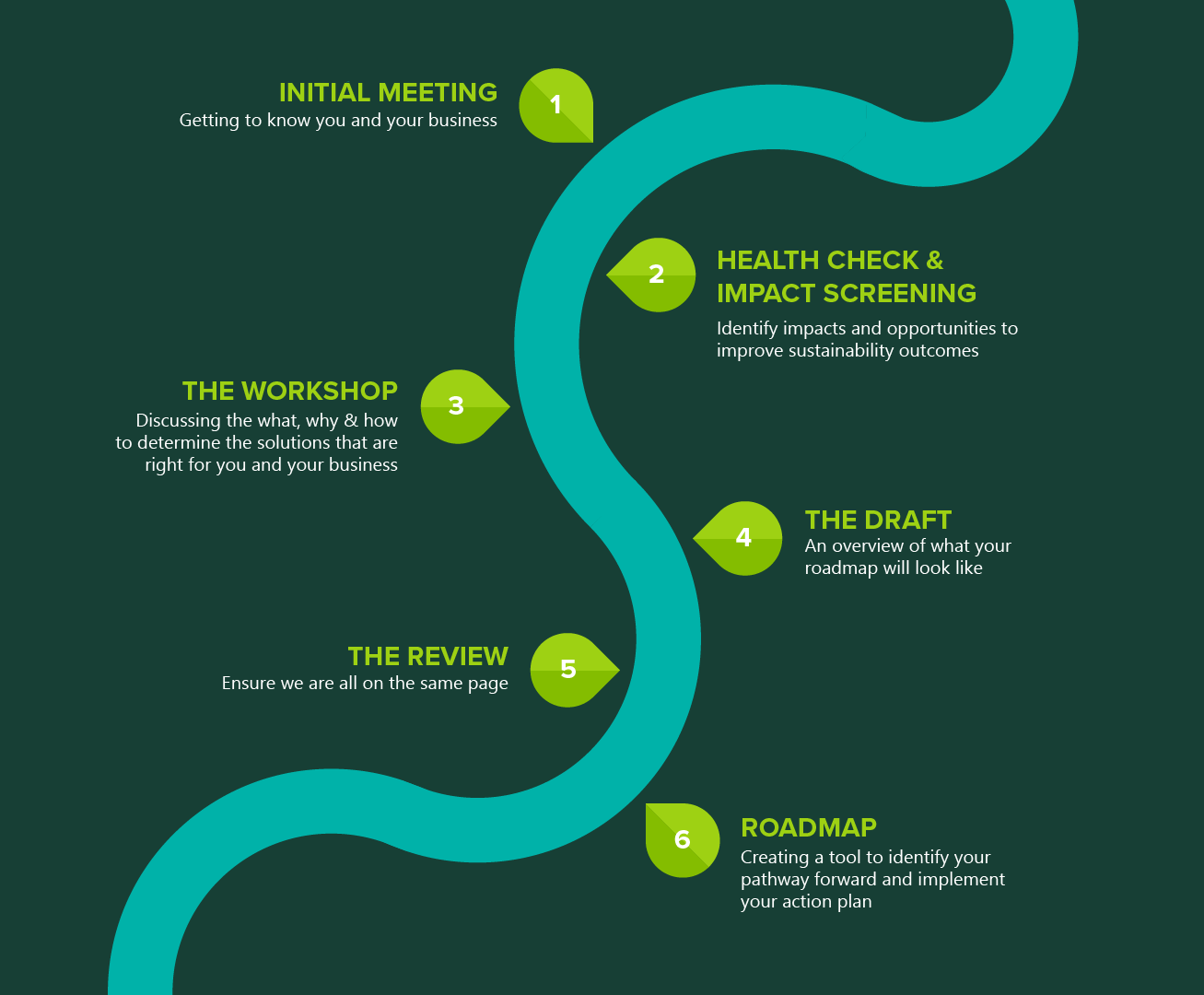.jpg)

.jpg)


If there is one thing that nearly all life on earth needs, it is fresh water.
We can estimate the health of freshwater bodies like our rivers, lakes, and wetlands through assessing what thrives in and around these environments. These organisms respond to changes in various environmental factors, such as water quality, hydrological patterns, and habitat conditions.
The presence of these flora and fauna not only reflect the health of the ecosystem but also contributes to it, as a healthy ecosystem is capable of restoring the water to its native state through filtering and other processes.
Freshwater bodies often become feedback loops, where a healthy waterway attracts life, which in turn populates a bustling ecosystem that filters and cleans the waterway, and subsequently attracts more life. This reliance on a greater ecosystem to build into itself is the fundamental reason that we must maintain or improve the ability for wildlife to move through and colonise freshwater bodies freely.
Fish passage is the term we use to describe the access to aquatic habitats that freshwater fish, frogs, shrimp, and aquatic invertebrates thrive in and allow them to move through all habitats necessary to complete their lifecycles.
Effective fish passage systems are essential for enabling these species to navigate around constructed barriers that would otherwise block their migration routes. These systems also play a vital role in managing water quality and flow conditions, ensuring that aquatic organisms are not impeded by unsuitable water temperatures, pollution, erosion, or turbulent flows. Effective fish passages not only support the biological needs of individual species but also play an important role in maintaining the ecological balance of freshwater ecosystems.
When fish and other aquatic life can move freely between habitats, they contribute to the health of the ecosystem by participating in nutrient cycling and supporting food webs. For instance, migratory fish species often transport nutrients from the ocean to freshwater habitats, enriching the ecosystem and supporting other wildlife.
Historically, infrastructure development has prioritised efficiently transporting water from point A to point B, ensuring consistent flow rates. However, this focus often neglected considerations for fish passage, leading to barriers that are potentially already hindering the movement of aquatic organisms across New Zealand and Australia.
While maintaining uninterrupted stream flow is crucial, the impact on fish migration and habitat connectivity has been significant. In both countries, we are seeing aging infrastructure that creates fish barriers: blockages that restrict the ability for fish, and other wildlife, move freely around the waterways in which they live.
Many of our native aquatic species face threats of extinction or are classified as endangered, primarily due to habitat fragmentation and loss of connectivity within river systems.
Remediating these fish passage barriers is crucial for fish conservation efforts in New Zealand and Australia, however, it represents a massive challenge. Addressing this issue requires extensive knowledge, understanding of the wider catchment and expertise in ecology, engineering, and fluvial geomorphology to design and implement effective remediation solutions. The complexity of these projects is compounded by the need to balance human infrastructure needs with desired environmental outcomes.
.png)
Morphum undertakes numerous fish passage barrier remediation projects to develop and innovate the ways for fish to navigate around our infrastructure, thereby reducing human impact on these habitats. Our team of ecologists, fluvial geomorphologists, and engineers collaborates closely on stream works projects to create designs that improve erosion protection, strea stability, and enhance natural habitats.
Morphum is passionate about protecting fish passage and to this extent, we offer a range of easy-to-construct solutions for remediating these barriers so we can leave a positive legacy on our freshwater spaces.


.jpg)
.jpg)

